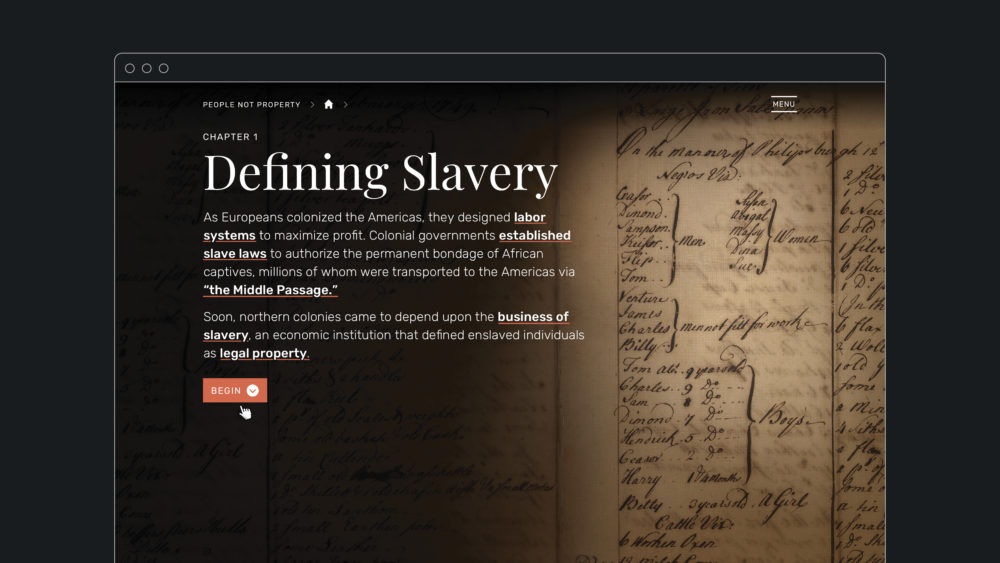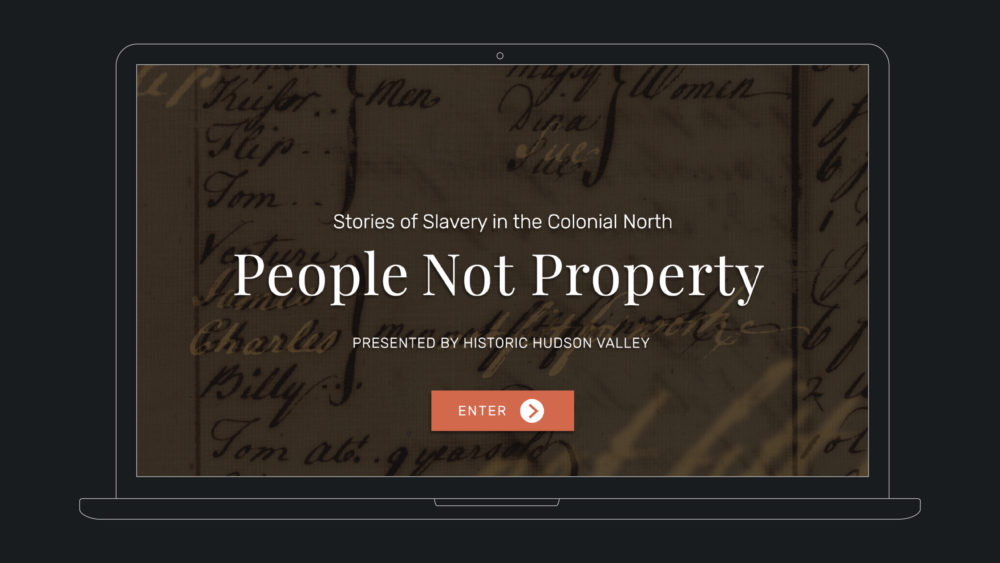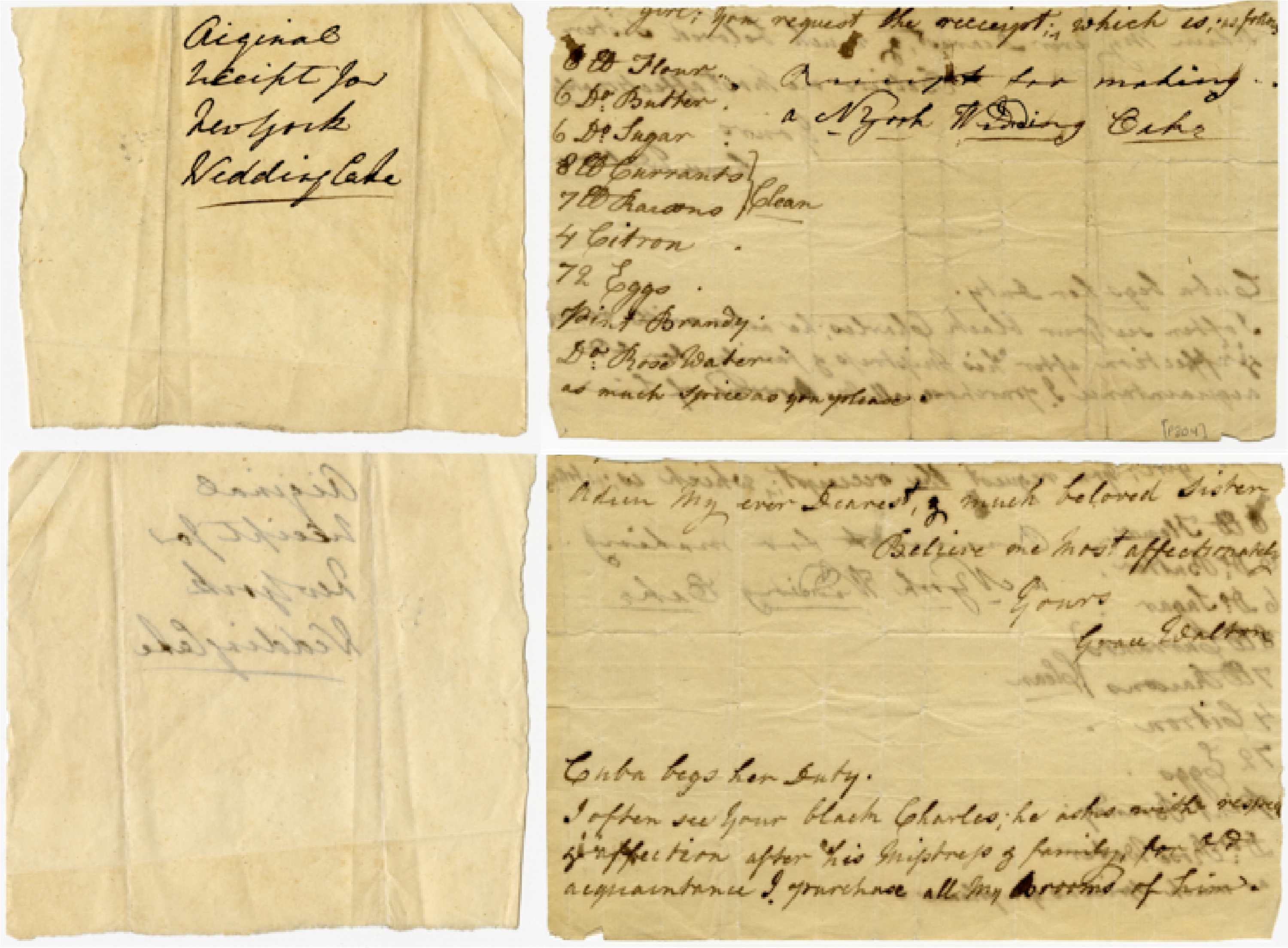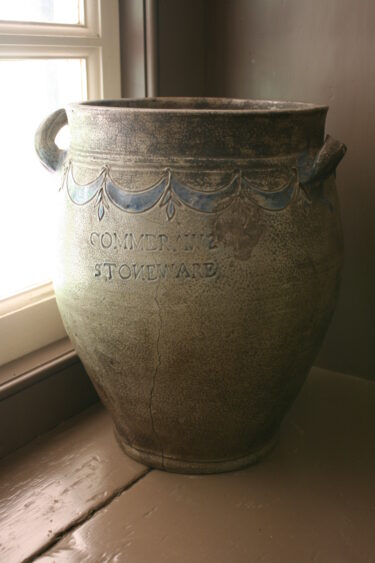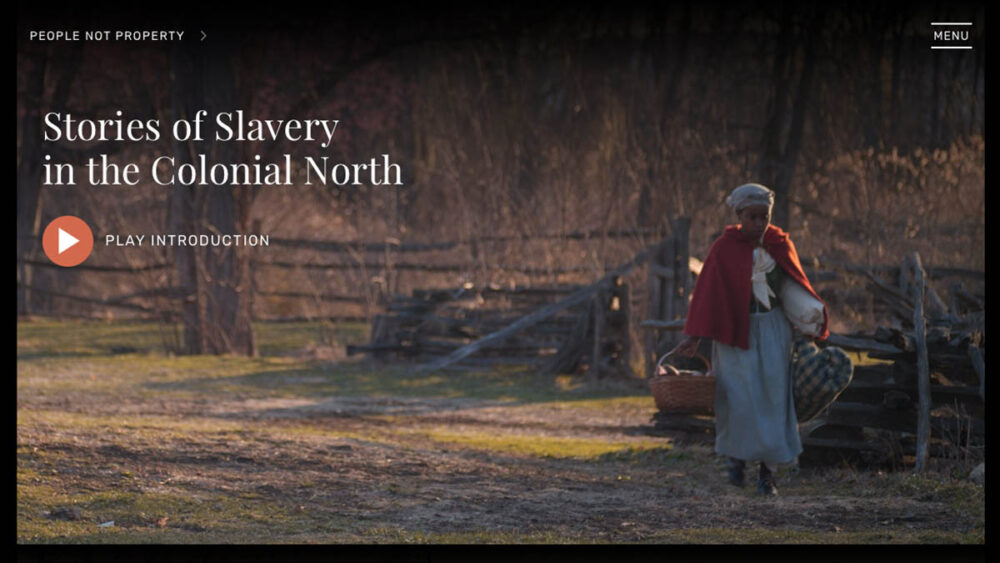Runaway Art
During the colonial period, runaway slave advertisements were published in nearly every newspaper. Today these primary documents serve as a painful reminder of our nation’s history, indicate the size and scope of colonial enslavement in the North, and provide evidence of ongoing, active resistance by enslaved individuals against the institution that bound them. They also form the basis for Historic Hudson Valley’s (HHV) interdisciplinary school program, RUNAWAY ART: Interpreting Colonial Slave Ads.
Working in partnership with The Center for Arts Education (CAE), HHV has created an arts-integrated curriculum module which will serve 10,000 students in New York City public middle schools over three years. Set against the backdrop of northern enslavement and resistance and using new age-appropriate curriculum, the program includes:
- Professional development workshops for participating teachers and teaching artists held at Philipsburg Manor, an 18th-century working plantation in Sleepy Hollow, NY
- A collaborative classroom instructional model
- Student creation of two-dimensional art and personal statement inspired by real runaway slave ads printed in local newspapers in the 1700s
Review our classroom and teacher training materials.
Hear more about RUNAWAY ART from students of IS303 Brooklyn, NY in the powerful video featured here.










